East Africa is a land of timeless beauty, filled with landscapes that seem to have stepped right out of a postcard. From the sweeping savannahs of the Serengeti to the iconic peaks of Mount Kilimanjaro, this region offers one of the most exhilarating and unforgettable safari experiences in the world.
Whether you're a wildlife enthusiast, an adventure seeker, or someone just looking to immerse yourself in nature’s untouched beauty, an East African safari is a journey that will stay with you forever.
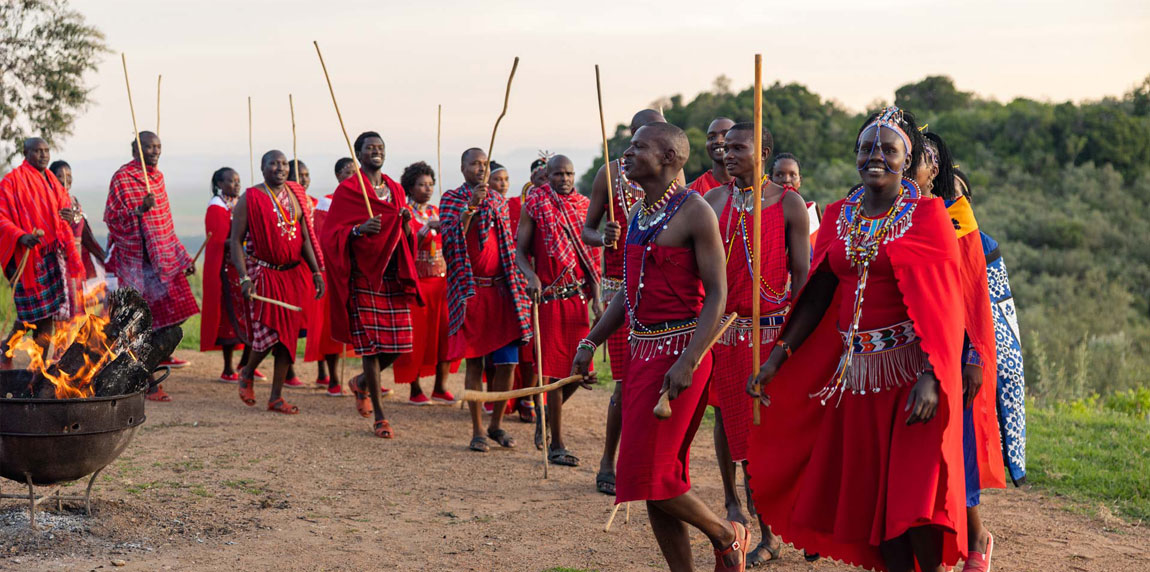
A safari in East Africa is unlike any other adventure. The region’s combination of diverse ecosystems, vibrant cultures, and rich wildlife offers travellers an experience that touches the soul.
The thrill of watching a lion stalk its prey, the awe-inspiring sight of a herd of elephants roaming across the plains, or the rare and elusive leopard perched on a tree—these moments are the heart and soul of a safari.
East Africa is home to some of the most renowned safari destinations on the planet, including Kenya, Tanzania, Uganda, and Rwanda. Each of these countries offers a distinct experience, but they all share one common denominator: an abundance of wildlife and unparalleled natural beauty.
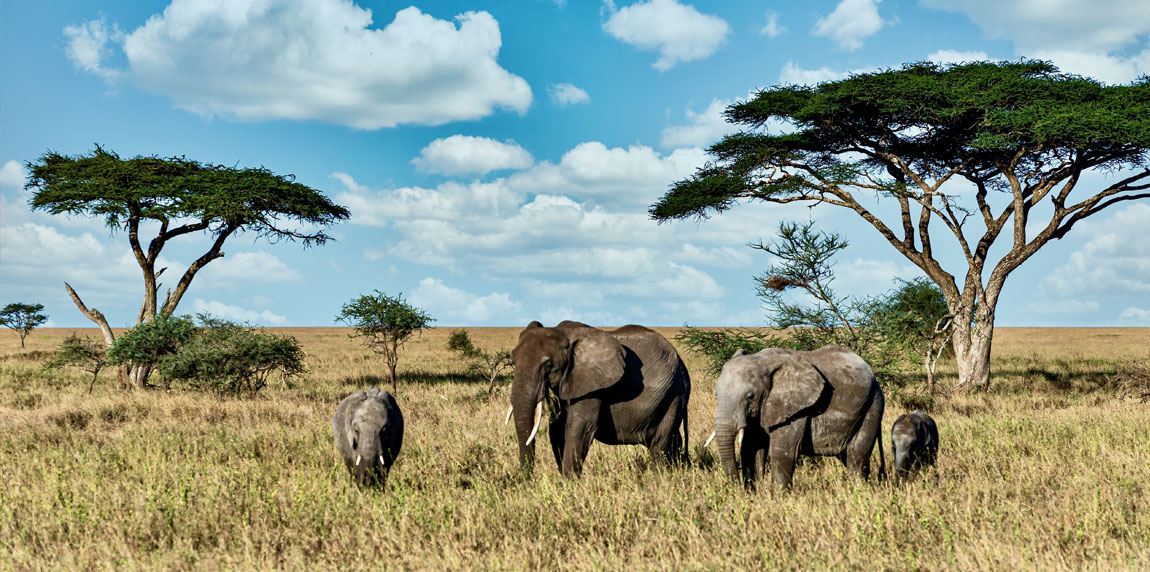
Just next door to Kenya lies Tanzania, another prime safari destination offering some of the most famous wildlife reserves in the world. The Serengeti National Park is perhaps the most famous, stretching over 5,700 square miles of savannah.
Known for its annual migration of wildebeest and zebras, the Serengeti also boasts an incredible diversity of animals, including cheetahs, lions, and elephants. The sight of predators chasing their prey or seeing a pride of lions lounging in the sun is an experience that draws nature lovers from around the globe.
Close by is Ngorongoro Crater, often referred to as the “Eighth Wonder of the World.” This vast volcanic caldera is home to an extraordinary concentration of wildlife. Its floor is dotted with lions, elephants, buffalo, rhinos, and a variety of bird species. A safari through Ngorongoro feels like stepping into a natural amphitheatre, where the rich ecosystem unfolds before you in all its glory.
Tarangire National Park is another hidden gem in Tanzania, known for its ancient baobab trees and large elephant herds. The park's landscape is unique, with dry riverbeds and swampy areas that attract a variety of animals, especially during the dry season. A game drive here offers the opportunity to witness wildlife in a less crowded, more intimate setting.
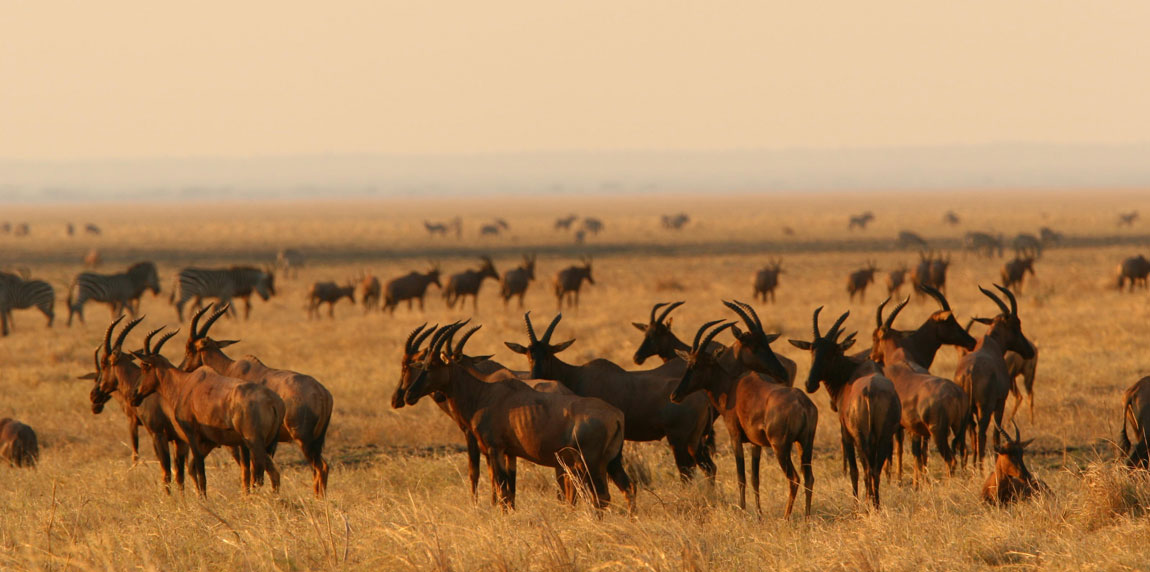
Kenya is often considered the birthplace of the safari. The Maasai Mara National Reserve, situated in the southwestern corner of the country, is one of Africa’s most iconic safari destinations. It is here that the Great Migration takes place annually, where over 1.5 million wildebeest, zebras, and gazelles make their perilous journey across the Mara River to find greener pastures.
The migration is a dramatic spectacle of nature, filled with the thunderous stampede of hooves and the tense moments when predators—such as lions, crocodiles, and cheetahs—wait in the shadows, ready to strike.
Aside from the Great Migration, the Maasai Mara offers visitors the chance to see the “Big Five” (lions, leopards, elephants, buffalo, and rhinoceros). The rolling hills, golden grasslands, and dramatic sky make the Mara a photographer’s dream, capturing the essence of the African wilderness.
In addition to the Maasai Mara, Amboseli National Park is another must-visit in Kenya. Here, you can observe large elephant herds against the backdrop of the magnificent Mount Kilimanjaro, Africa's highest peak. The sight of these majestic creatures with the snow-capped mountain in the distance is an image that stays etched in your memory.
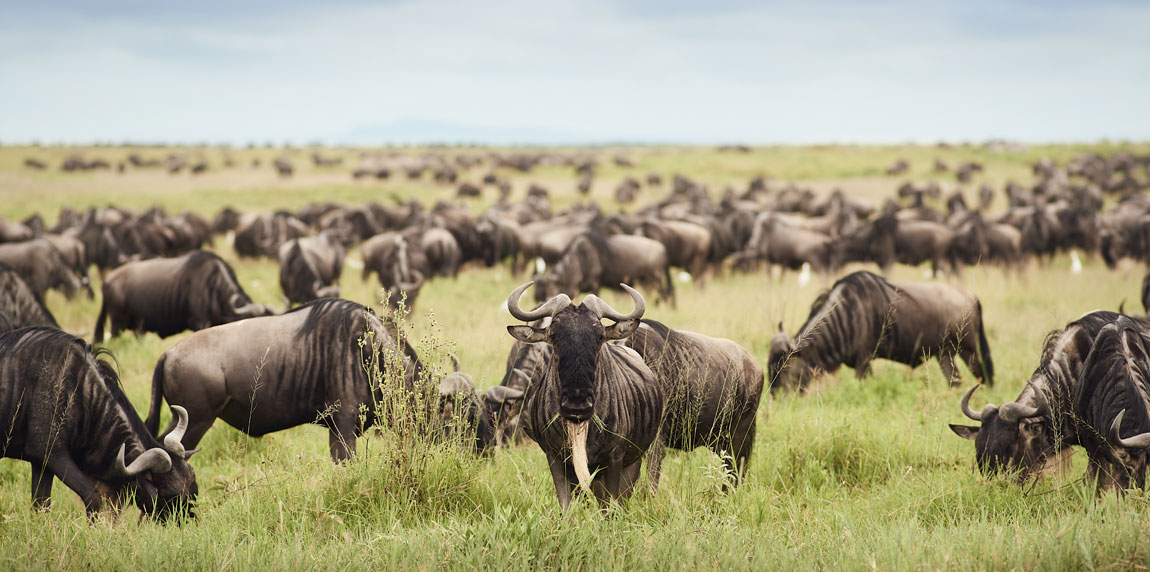
For those seeking a more intimate safari experience, Uganda and Rwanda offer the rare and extraordinary opportunity to track mountain gorillas in their natural habitat. Both countries are home to some of the last remaining populations of these critically endangered primates, and a gorilla trek is undoubtedly one of the most magical wildlife experiences you can have.
Bwindi Impenetrable Forest National Park in Uganda is a UNESCO World Heritage Site and one of the best places in the world to observe mountain gorillas. Hiking through dense jungle, guided by trackers and rangers, you'll have the chance to meet these gentle giants face-to-face in their misty forest home.
The experience of observing gorillas as they feed, play, and interact with their families is a once-in-a-lifetime opportunity.
Similarly, Volcanoes National Park in Rwanda offers gorilla trekking experiences, with the added allure of the park’s dramatic volcanic backdrop. Rwanda’s focus on conservation and sustainable tourism ensures that these treks are both enriching for visitors and beneficial for the gorillas.
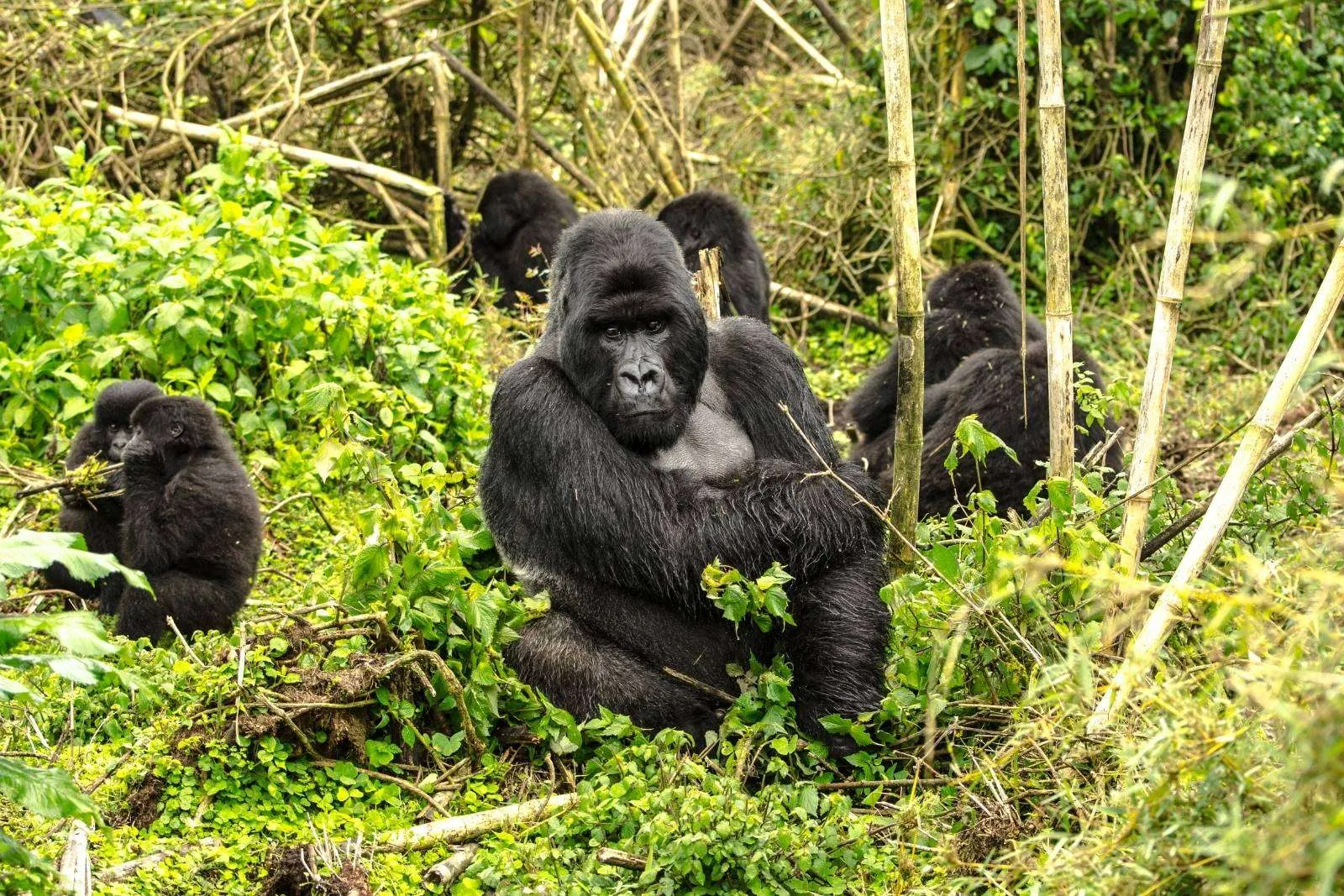
An East African safari is all about embracing the rhythm of nature and experiencing the wild firsthand. Early morning game drives are the perfect time to see predators on the hunt or witness the first light of dawn breaking over the savannah.
Afternoon safaris often present the chance to watch animals as they gather around waterholes to drink, while night drives reveal nocturnal creatures such as leopards, hyenas, and owls.
Beyond the game drives, East African safaris often include cultural experiences with indigenous communities such as the Maasai or the Hadzabe. Learning about their ancient ways of life, traditional customs, and their deep connection to the land adds another layer of depth to your safari journey.
In addition to traditional safaris, hot air balloon rides in the Serengeti or Maasai Mara provide a bird’s-eye view of the landscapes and wildlife below. Walking safaris with expert guides offer a unique and more personal way to explore the wilderness, allowing you to learn about the smaller, often overlooked aspects of the environment, such as plants, insects, and animal tracks.
The best time for an East African safari depends on the specific experience you’re looking for. The dry season, which runs from June to October, is ideal for game viewing, as animals congregate around water sources and the vegetation is sparse.
This is also the time when the Great Migration occurs in Kenya and Tanzania, making it the most popular period for safari-goers.
If you’re looking to experience the beauty of the lush green landscapes, the wet season (from November to April) offers quieter parks, lower prices, and vibrant scenery. However, some areas may be harder to access due to the rain, so it’s important to plan accordingly.